Appropriate footwear is vital for young ones as it promotes healthy foot development while providing comfort. This guide aims to help buyers navigate the kids’ shoe market and make more informed decisions when selecting which shoes to stock.
So read on for a breakdown of the children’s footwear market, as well as the different types of kids’ shoes available and the key tips to consider when selecting the right ones.
Table of Contents
Kids’ footwear market share
Types of kids’ shoes
How to select the perfect kids’ shoes
Conclusion
Kids’ footwear market share
Globally, the demand for custom and branded kids’ apparel is steadily increasing. This has seen the children’s footwear industry experience healthy growth. Generally, kids’ footwear sales are influenced by the surge in the need for premium products and increasing design innovation.
Key players like BabyHug, Kidlings, and Magic Needles also invest in promotional strategies that widen the buyers’ base. This market is segmented based on shoe types, materials, sales channels, user types, and regions.
According to FactMr, the global kids’ footwear market was valued at USD 46.74 billion in 2022. A further forecast indicated growth to reach a valuation of about USD 102.79 billion by 2032. This is based on a compound annual growth rate (CAGR) of 8.2% during the forecast period. Also, growing health concerns will drive this growth.
Based on a regional outlook, North America dominates the market due to the rising awareness about kids’ sports and athletics in states like Canada and the US. Asia Pacific will generate the largest revenue share during the forecast period. The casual footwear segment takes around 50% of the market share as buyers opt for more fancy and fashionable products.
Types of kids’ shoes
1. School shoes
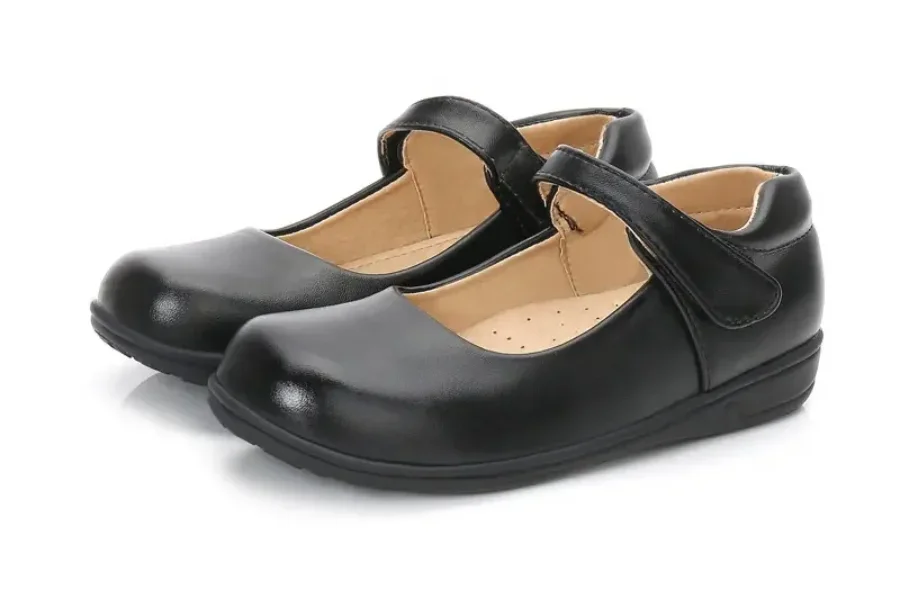
School shoes are designed to cater to the kids’ unique needs when attending school. They are usually worn for long hours with the expectation of providing comfort and durability. The shoes maintain a polished appearance that is suitable in a school setting. Buyers should look for features like cushioned insoles and padded collars that ensure maximum comfort.
Durable materials like high-quality synthetic and leather are considered for the shoes’ durability. The shoes acquired should comply with school guidelines and match the uniform and general dress code requirements.
2. Toddler shoes
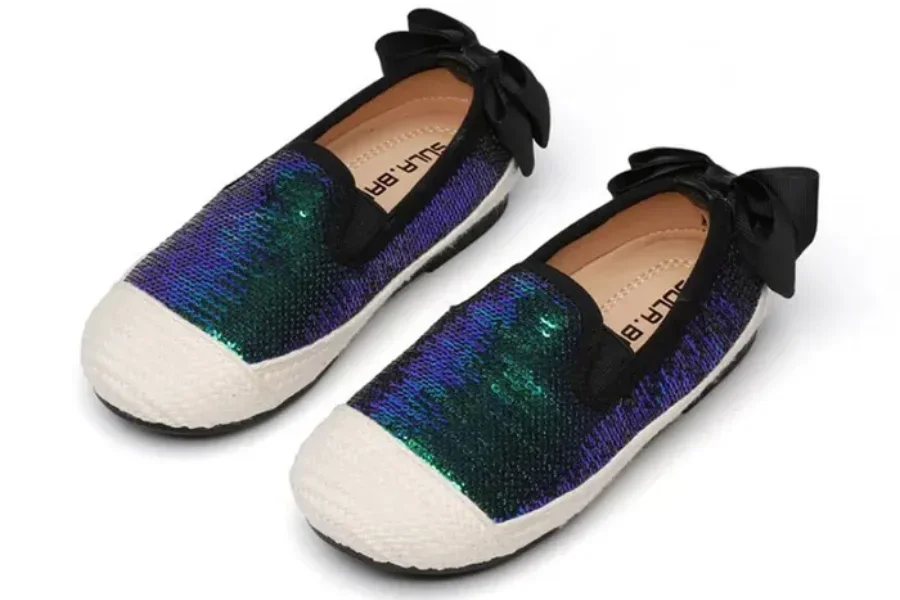
Toddler shoes are meant for kids in their early stages of learning to walk. They should be soft and flexible to allow for natural movement and aid toddlers in developing their coordination and balance. The wide-toe-box feature allows toddlers’ feet to spread naturally with enough room to wiggle and grow.
For a secure fit, these shoes must have cushioned insoles for comfort and a secure closure system, including elastic laces, velcro straps, and hook-and-loop closures. Buyers should also consider ankle support from the padded collars that provide stability and prevent injuries.
3. Athletic shoes
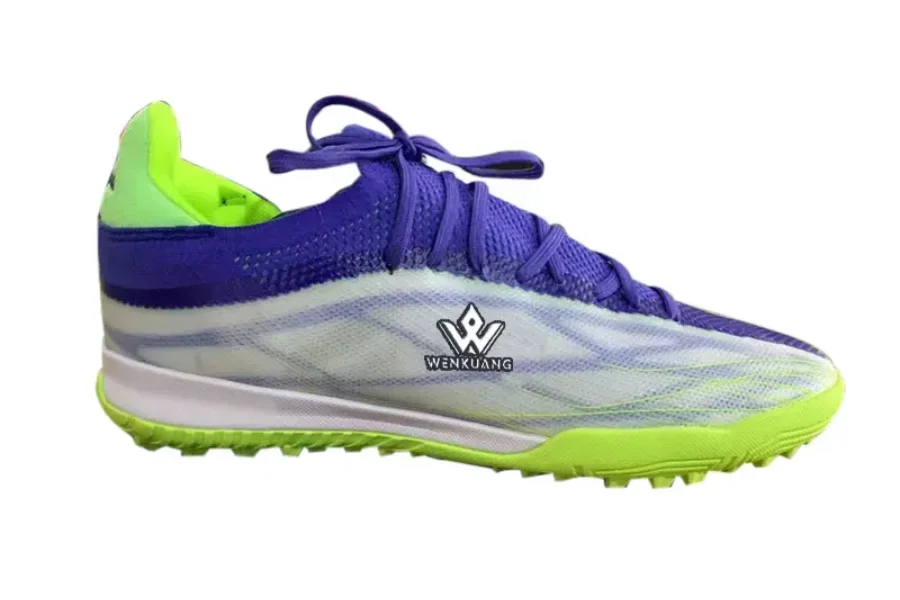
Athletic shoes are used in various physical activities and sports while providing comfort, support, and durability. Proper cushioning absorbs impact during high-impact activities like jumping and running. Breathable materials like mesh and perforated uppers allow free airflow and reduce moisture buildup. The firm heel counter feature keeps the heel in position and minimizes ankle rolling risks.
Also, stability is ensured through good grip on various surfaces due to the durable rubber outsole that has textured or patterned treads. Specific sports have shoe requirements owing to agility, fit and sizing, for instance, soccer shoes which may need to have cleats.
4. Slip-on shoes
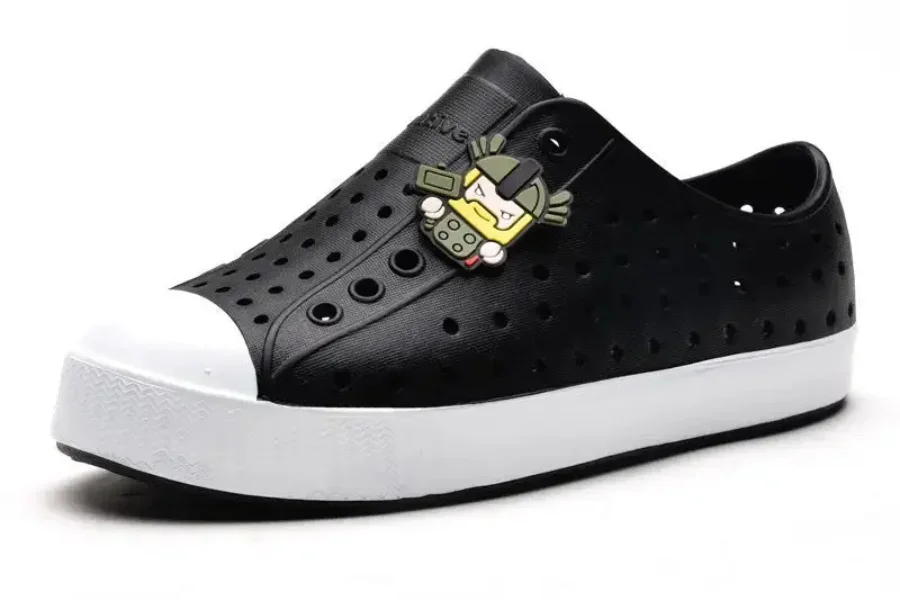
Slip-on shoes are easy-to-wear and provide convenience as the need for closures and laces is eliminated. These hassle-free shoes give independence to children. They can be easily put on and removed as they have no closures. The shoes should have stretchy materials or elasticized panels to accommodate the feet comfortably.
Buyers must check the sturdy materials used on these shoes with durable outsoles and reinforced stitching that meets the demands of active play and withstands wear and tear. Also, slip-on shoes are suitable for different occasions as the styles can be dressed up or down for casual and formal events.
5. Sports shoes
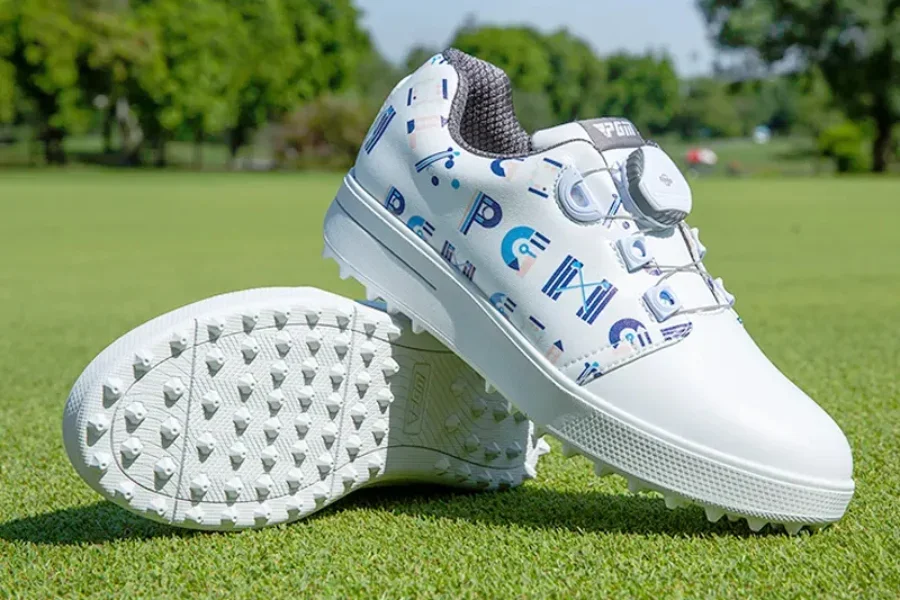
Sports shoes are designed to offer the required support, performance, and comfort during sports and physical activities. They should have sufficient cushioning in the midsole that absorbs shock during these activities. Some cushioning materials include EVA foam and other specialized cushioning systems. These shoes align the foot properly and have ankle support during dynamic movements.
Proper fit and flexibility are crucial for sports shoes to enhance performance and minimize movement restrictions. They should also be made from materials that can handle the demands of intense physical activities.
How to select the perfect kids’ shoes
1. Budget
Considering the budget for kids’ shoes requires balancing affordability and quality. As a kids shoes business owner, you should determine how much your clients may have set aside to purchase these shoes. Several stores have promotional offers and discounts for quality kids shoes at reduced prices. So remember to compare prices to get the most favorable deal.
On average, toddler shoes (sizes 0-6) cost around USD 15-40, preschooler shoes (sizes 7-12) USD 25-60, and grade school shoes (sizes 13 and above) cost between USD 30 and 80.
2. Size
Size is crucial to ensure comfort and proper fit. On average, infants wear sizes ranging from 0 to 4, toddlers (4-9), preschoolers (9-13), and grade schoolers ( 1-7). Buyers should also consider different brands and their size guides. Different shoe styles fit differently. For instance, boots and sandals have different sizing requirements. Generally, buyers should aim for a proper fit to ensure comfort and stability.
3. Quality
Quality of children’s footwear ensures comfort, durability, and support for their developing feet. Material selection is essential. The common materials used include suede, leather, canvas, and synthetic materials. Buyers should check for reinforced stitching and shoe construction to withstand high stress. The sole must be durable, flexible, and attached to the shoe’s upper part for good traction and longevity.
4. Comfort
Kids who wear comfortable shoes enjoy their activities without pain risks. Properly fitting is crucial, as tight or loose shoes cause discomfort and foot problems. Sufficient toe room and cushioning provide for natural foot movement and minimizes injuries. Arch support is vital for comfort for children with high arches or flat feet. Lightweight shoes offer flexibility and reduce fatigue. Buyers should also opt for adjustable features like laces or straps for a customizable fit.
5. Durability
Durability means the kids’ shoes can withstand the wear and tear of day-to-day activities. Leather and sturdy fabrics like nylon and canvas are durable materials used to design kids’ shoes. The reinforced construction involves double stitching and extra material layers contributing to durability. Sturdy soles and a solid heel counter add stability, offer traction, and enhance durability. Buyers should also consider kids’ activities and select shoes designed for those activities; for instance, sports shoes are designed with longevity in mind.
6. Breathability
Kids’ shoes with good breathability keep their feet comfortable while preventing odor and sweating. Breathable materials like canvas, mesh, and perforated fabrics should be chosen. The shoes should have ventilation features like mesh panels or strategically placed perforations to enhance airflow. Moisture-wicking linings or insoles draw moisture away from the feet and boost evaporation.
Additionally, buyers should consider the climate and surrounding weather conditions. Shoes with exceptional breathability should be prioritized in hot and humid climates.
7. Style
Style subjects the choice of kids’ shoes, as it varies based on personal preference and trending fashions. Firstly, the occasion determines the kind of shoes being worn. Kids attending formal events like weddings and parties should wear flats. In contrast, sneakers and sandals can be worn on casual outings.
Coordination with various outfits is crucial, as the shoes should match the outfits’ colors, patterns, and designs. Buyers should look to keep up with the trends as they prioritize comfort and fit. They should also explore different styles that provide safety in different environments.
Conclusion
Selecting kid’s shoes is a responsibility that surpasses mere fashion or convenience. Based on the guidance and information provided in this article, buyers will be equipped to make more appropriate shoe choices. This will ensure their customers receive shoes that offer their kids’ feet proper support and care during the critical development stages. To find high-quality and durable kids’ footwear, visit Alibaba.com.
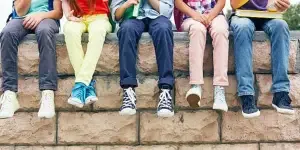


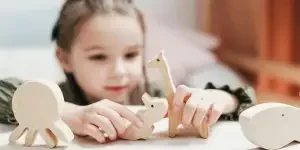

 Afrikaans
Afrikaans አማርኛ
አማርኛ العربية
العربية বাংলা
বাংলা Nederlands
Nederlands English
English Français
Français Deutsch
Deutsch हिन्दी
हिन्दी Bahasa Indonesia
Bahasa Indonesia Italiano
Italiano 日本語
日本語 한국어
한국어 Bahasa Melayu
Bahasa Melayu മലയാളം
മലയാളം پښتو
پښتو فارسی
فارسی Polski
Polski Português
Português Русский
Русский Español
Español Kiswahili
Kiswahili ไทย
ไทย Türkçe
Türkçe اردو
اردو Tiếng Việt
Tiếng Việt isiXhosa
isiXhosa Zulu
Zulu